Perrier-Jouët Arts Salon Prize winner Rita Parniczky on ‘the beauty of making’
Perrier-Jouët Arts Salon Prize announces Rita Parniczky as its 2016 winner. The Hungarian-born textile artist's works impressed the jury for their combination of nature-inspired forms and precise craftsmanship
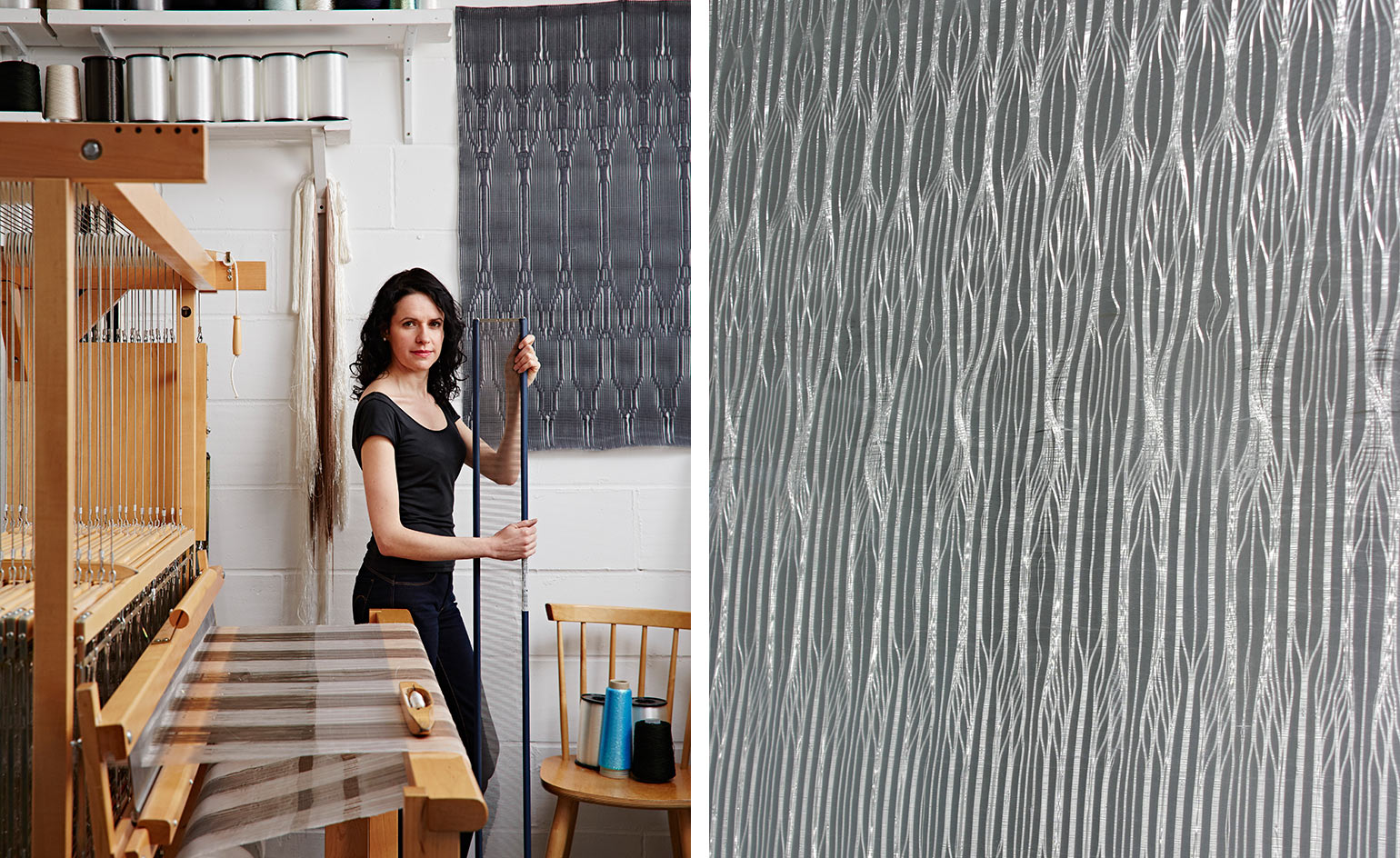
The Perrier-Jouët Arts Salon Prize exhibition is back for its fourth chapter, celebrating contemporary creators who through their work establish a bond between art and nature. In the spirit of Art Nouveau principles, the chosen winner for 2016 is Hungarian-born textile artist Rita Parniczky, whose work was chosen by a panel including inaugural winner Hitomi Hosono, art critic Peter Aspden, designer Tord Boontje and milliner Stephen Jones, among others, headed by this year’s chair, the Victoria and Albert Museum’s Jo Hooper.
Rita Parniczky: Perrier-Jouët Arts Salon Prize winner 2016
The textile artist’s works attracted the Salon’s consensus for their novel approach to art and nature, with a combination of abstract forms and precise craftsmanship that provide new abstract interpretations of the Salon’s concept. ‘Growing up in the Hungarian countryside, the flat landscapes of my region gave me unlimited views of the horizon, un-bounding my perspectives of scale,’ says Parniczky. ‘Light and shade through skeleton-like winter trees, the glare of virgin snow, and the contrast between these elements are ever present in my visual language.’
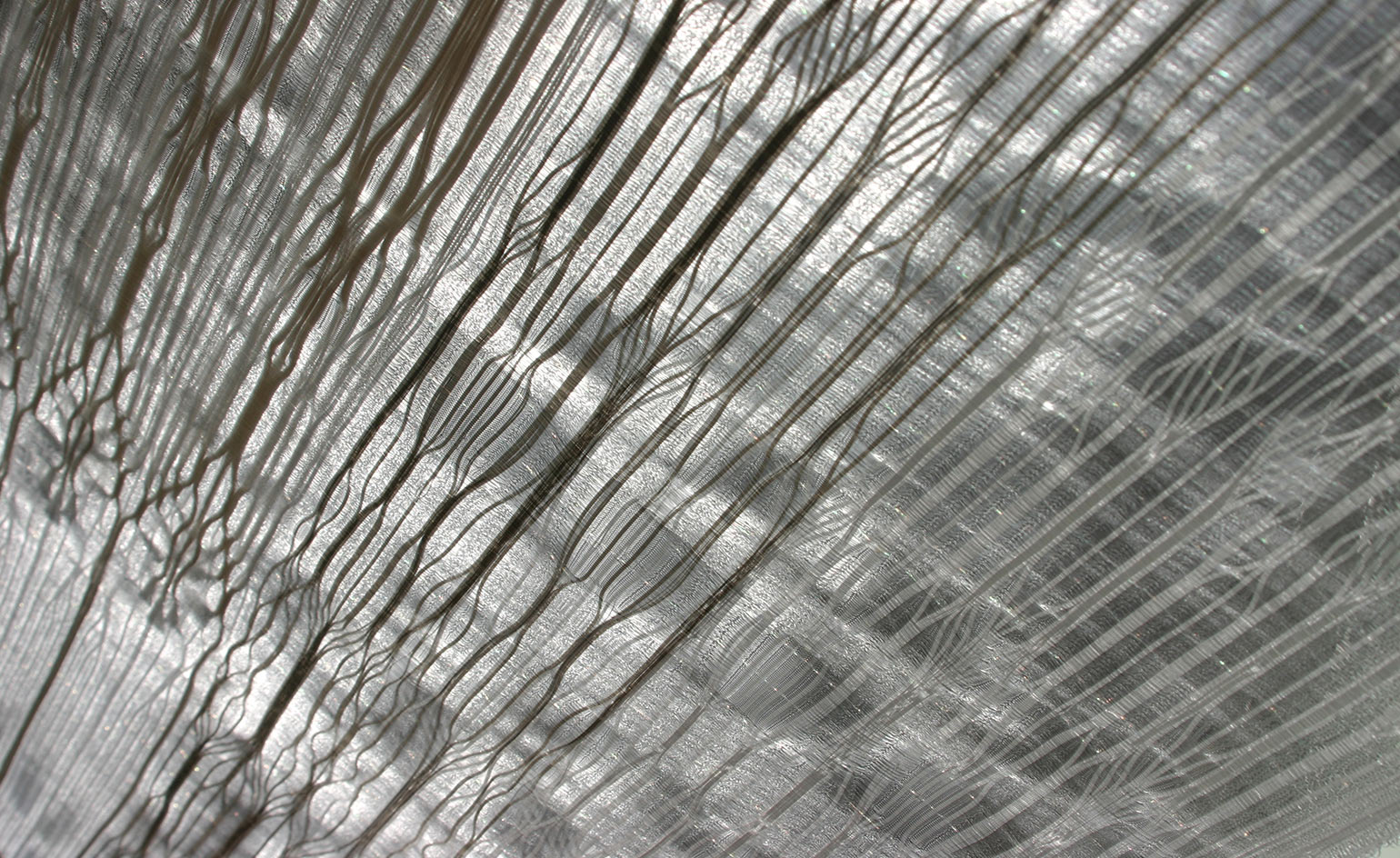
Parniczky’s work consists of hand-woven textiles, which she creates using transparent nylon monofilament mixed with iridescent threads and natural threads such as cotton and rayon. The artist’s textile shapes are inspired by the gothic architecture of Norwich Cathedral as well as anatomy and the human body. ’I see the bone structure of the body like an architectural structure,’ says Parniczky, ‘and I brought them into my world by developing this weave technique further.’
The human body is a strong reference in her work, with vertical shapes inspired by the skeleton, blood vessels and the nervous system. These elements are abstracted and recreated in extraordinary textile panels, and converse with light thanks to the transparency behind her technique. ‘I find this aspect of my work very interesting; the fact that it’s changing all the time as light is changing. Natural circumstances and the environment have quite an impact on the pieces, there is a kind of performance with the work and natural light.’
Meditative and quietly innovative, her work is an inspiring combination of nature, traditional craft and a contemporary approach to art. ‘This award is about the beauty in everyday life,’ explains Axelle De Buffevent, style director at Perrier-Jouët. ‘Rita does it in an amazing way. It’s also about awarding the beauty of making, and the beauty of making in a very contemporary way – we are not nostalgic, not looking back, we have a very strong heritage we want to keep alive in a contemporary way.’
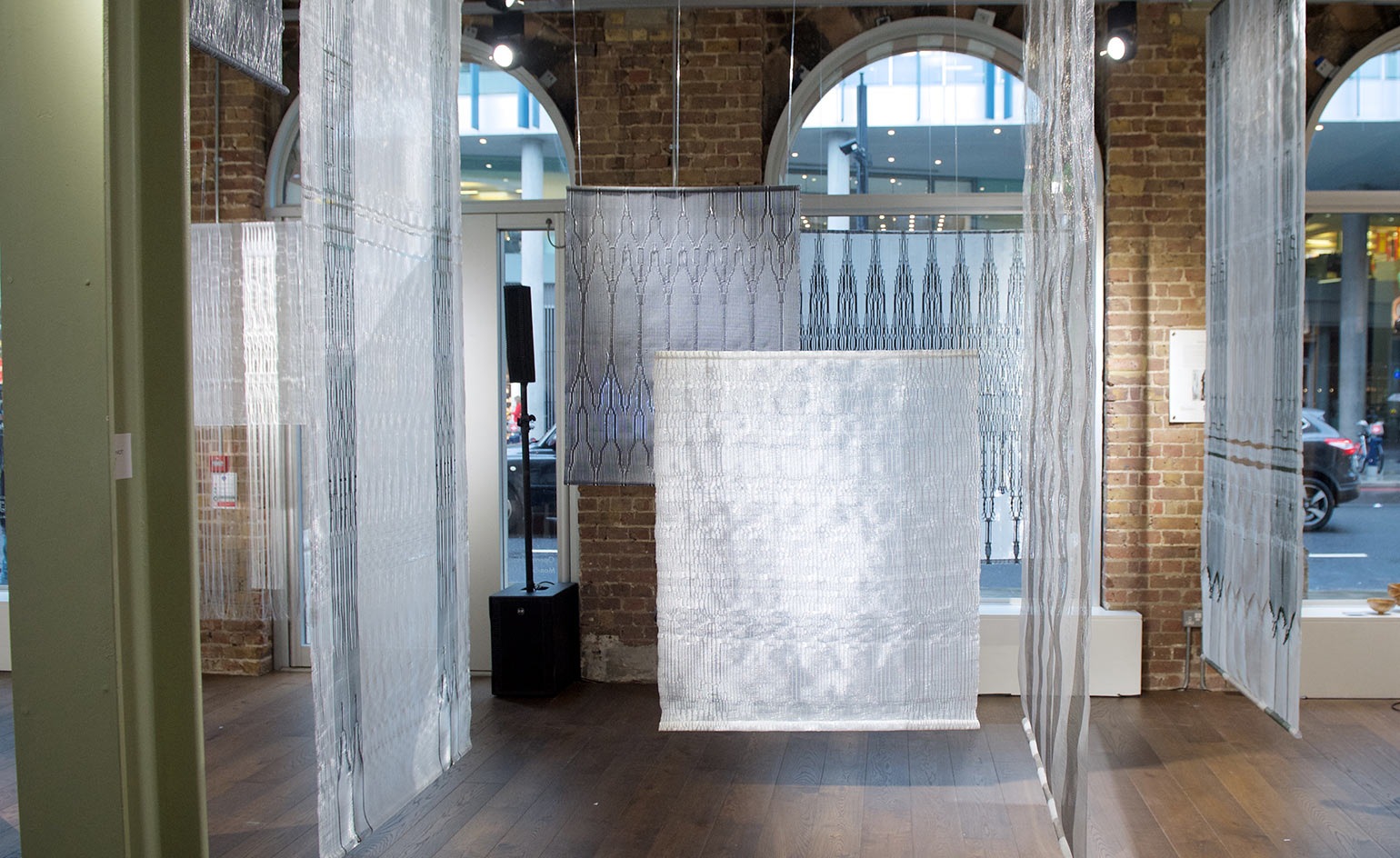
Parniczky’s work is on show at Contemporary Applied Arts in July 2016, in a display curated by Perrier-Jouët Arts Salon member Julia Royse
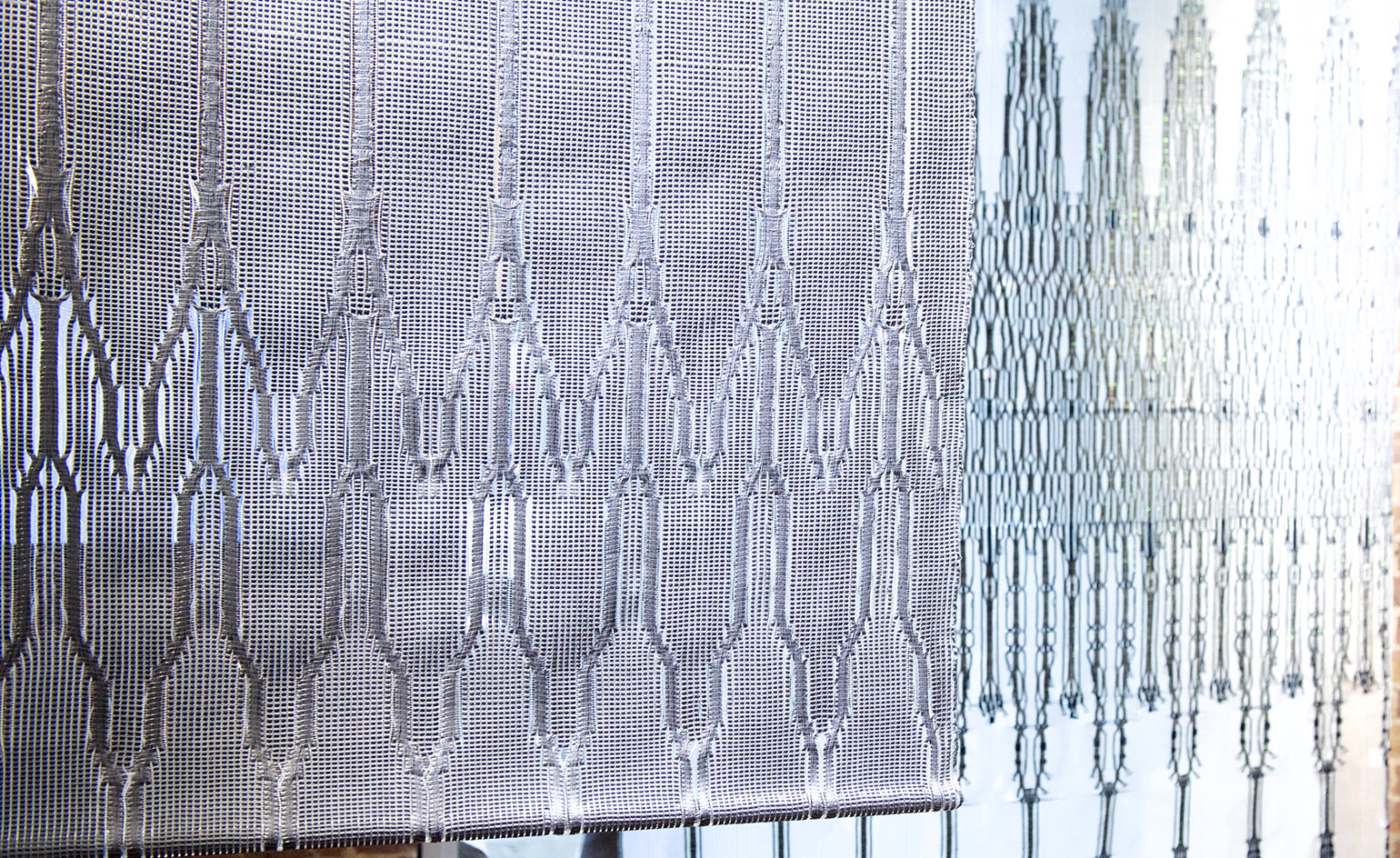
‘Growing up in the Hungarian countryside, the flat landscapes of my region gave me unlimited views of the horizon, un-bounding my perspectives of scale,’ says Parniczky. ‘Light and shade through skeleton-like winter trees, the glare of virgin snow, and the contrast between these elements are ever present in my visual language’

The exhibition includes a series of textiles as well as photographic prints that the artist produced while studying textile design at Central Saint Martins
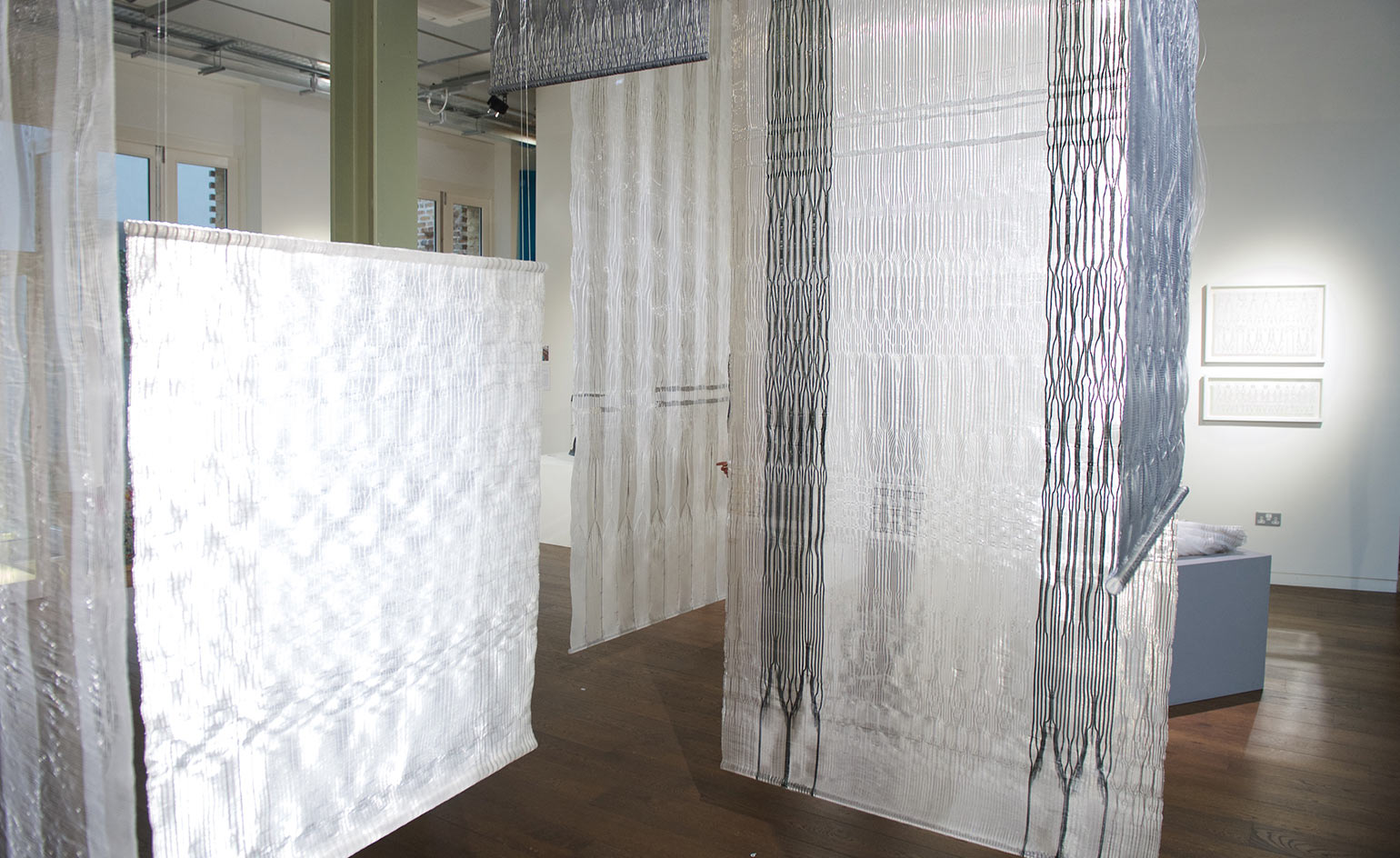
Parniczky’s work consists of hand-woven tapestries, which she creates on a manual loom using transparent nylon yarns mixed with iridescent filament and natural threads such as cotton and rayon
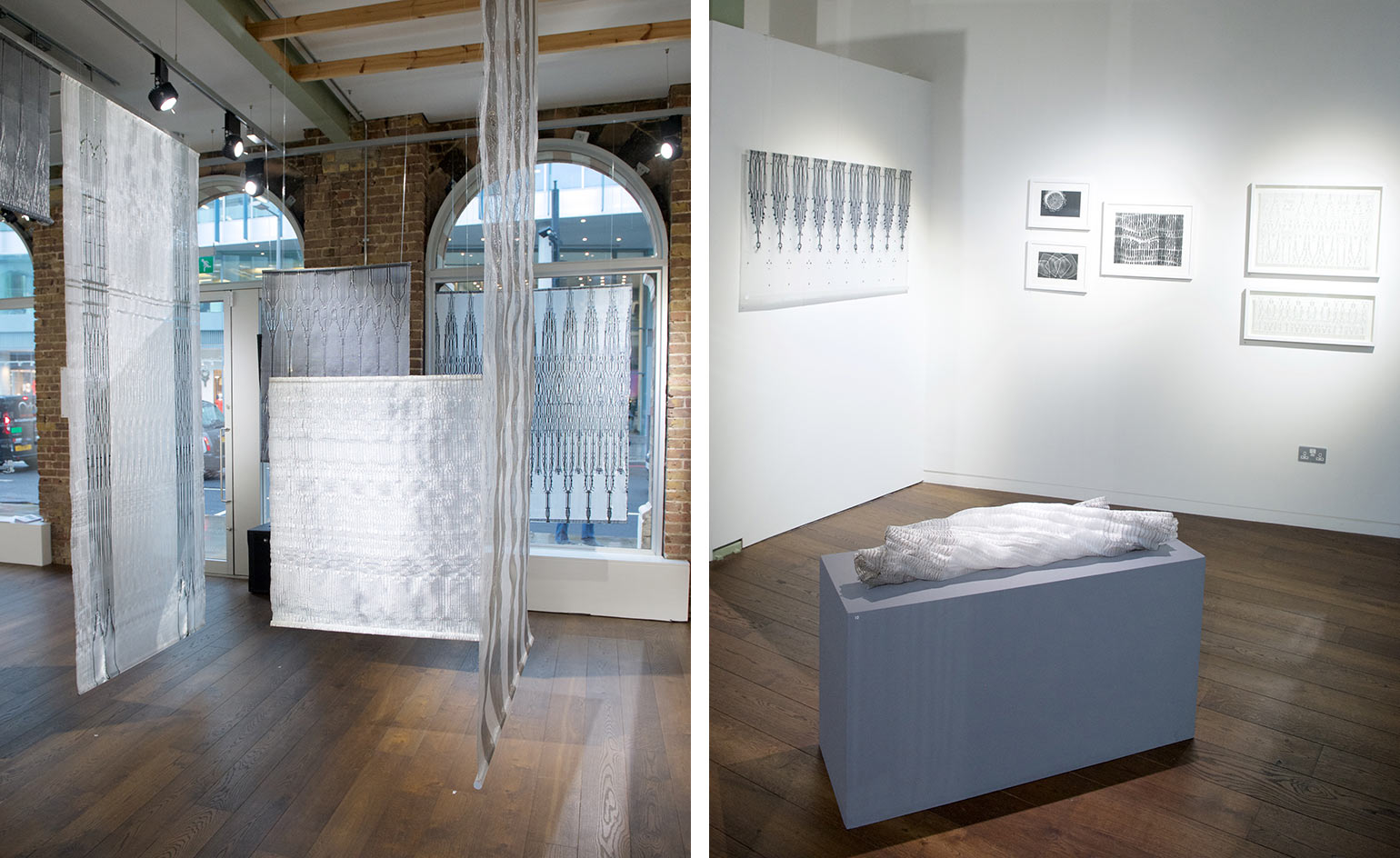
The artist’s textile shapes are inspired by the gothic architecture of Norwich Cathedral as well as anatomy and the human body: ‘I see the bone structure of the body like an architectural structure,’ says Parniczky
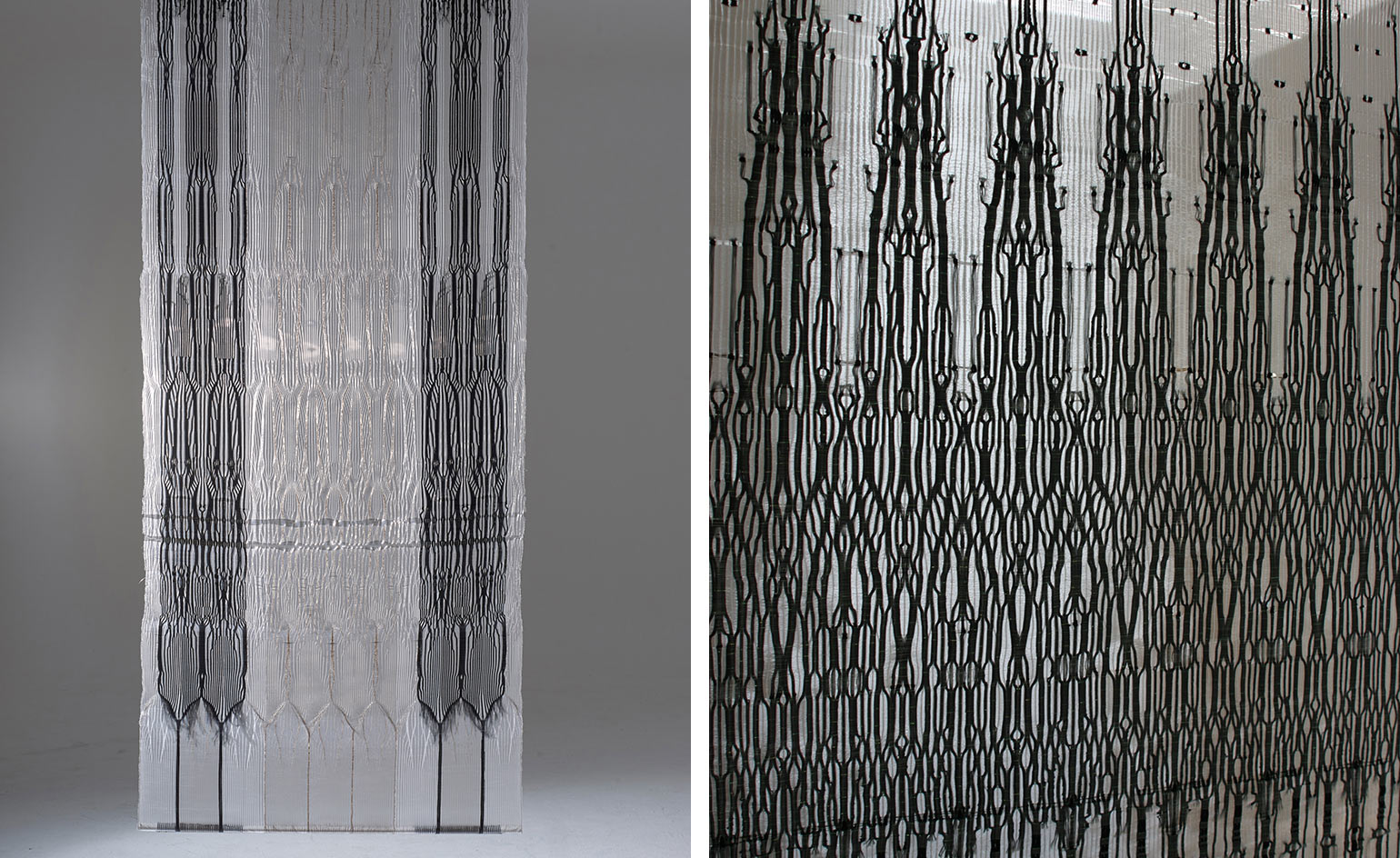
Organic inspirations are abstracted and recreated in her extraordinary textile panels, conversing with light thanks to the transparency behind her technique. ‘I find this aspect in my work very interesting; the fact that it’s changing all the time as light is changing,’ she says
INFORMATION
ADDRESS
Contemporary Applied Arts
89 Southwark Street
London, SE1 0HX
Wallpaper* Newsletter
Receive our daily digest of inspiration, escapism and design stories from around the world direct to your inbox.
Rosa Bertoli was born in Udine, Italy, and now lives in London. Since 2014, she has been the Design Editor of Wallpaper*, where she oversees design content for the print and online editions, as well as special editorial projects. Through her role at Wallpaper*, she has written extensively about all areas of design. Rosa has been speaker and moderator for various design talks and conferences including London Craft Week, Maison & Objet, The Italian Cultural Institute (London), Clippings, Zaha Hadid Design, Kartell and Frieze Art Fair. Rosa has been on judging panels for the Chart Architecture Award, the Dutch Design Awards and the DesignGuild Marks. She has written for numerous English and Italian language publications, and worked as a content and communication consultant for fashion and design brands.
-
 Marylebone restaurant Nina turns up the volume on Italian dining
Marylebone restaurant Nina turns up the volume on Italian diningAt Nina, don’t expect a view of the Amalfi Coast. Do expect pasta, leopard print and industrial chic
By Sofia de la Cruz
-
 Tour the wonderful homes of ‘Casa Mexicana’, an ode to residential architecture in Mexico
Tour the wonderful homes of ‘Casa Mexicana’, an ode to residential architecture in Mexico‘Casa Mexicana’ is a new book celebrating the country’s residential architecture, highlighting its influence across the world
By Ellie Stathaki
-
 Jonathan Anderson is heading to Dior Men
Jonathan Anderson is heading to Dior MenAfter months of speculation, it has been confirmed this morning that Jonathan Anderson, who left Loewe earlier this year, is the successor to Kim Jones at Dior Men
By Jack Moss
-
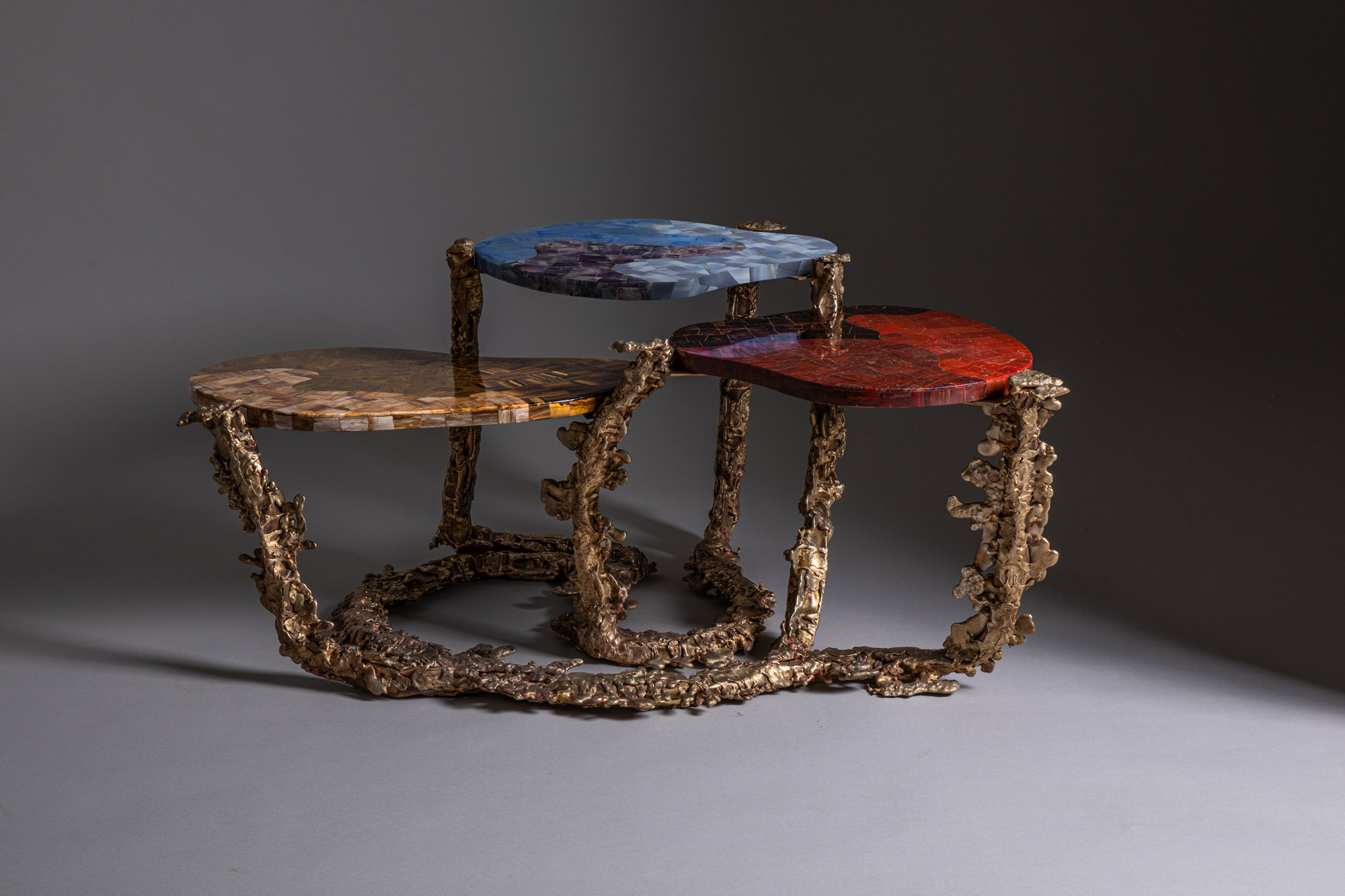 Inside the Shakti Design Residency, taking Indian craftsmanship to Alcova 2025
Inside the Shakti Design Residency, taking Indian craftsmanship to Alcova 2025The new initiative pairs emerging talents with some of India’s most prestigious ateliers, resulting in intricately crafted designs, as seen at Alcova 2025 in Milan
By Henrietta Thompson
-
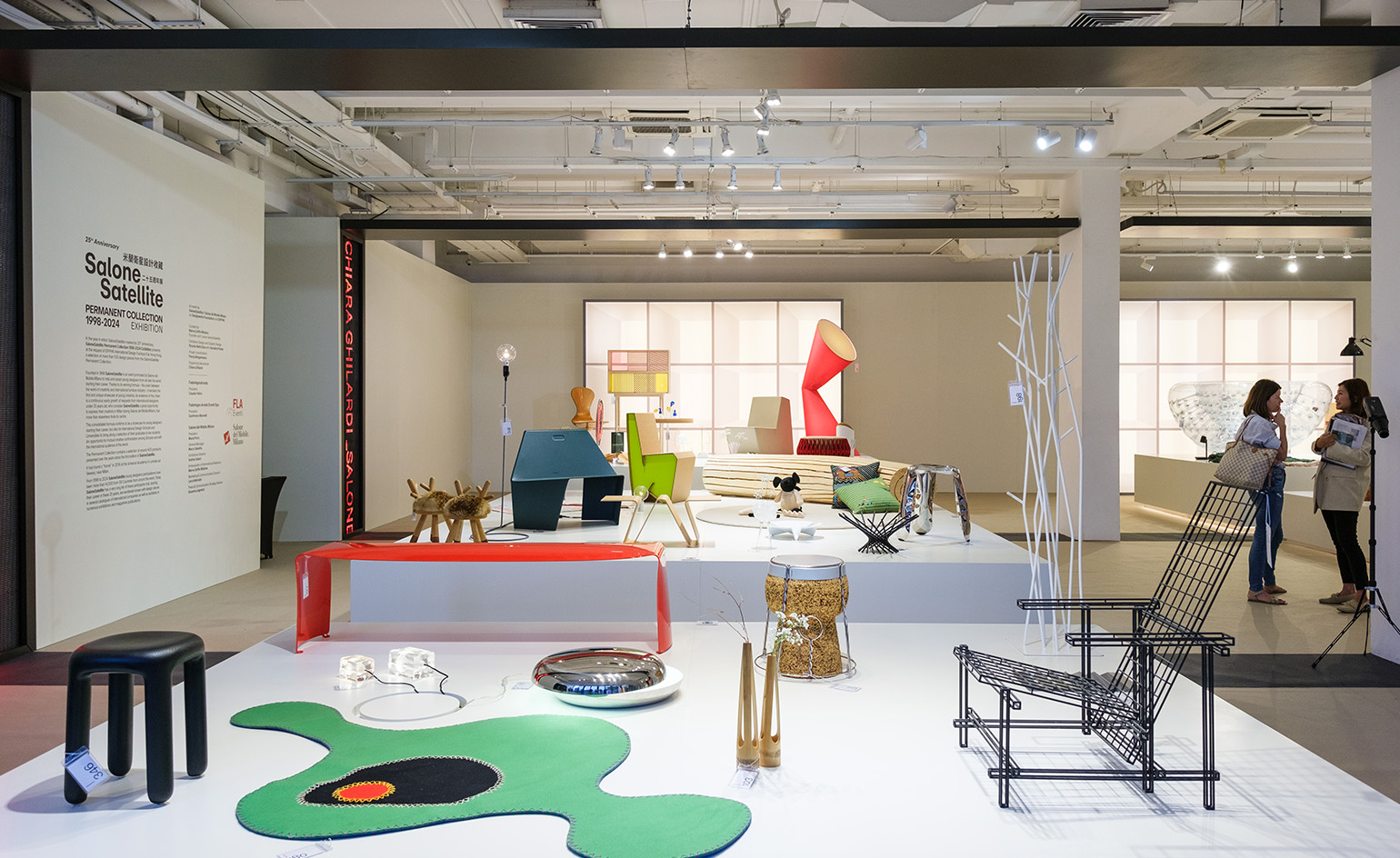 SaloneSatellite celebrates craft across continents at Milan Design Week
SaloneSatellite celebrates craft across continents at Milan Design WeekThe annual showcase for under 35s, SaloneSatellite, reveals how traditional craft can influence design for today and tomorrow
By Ifeoluwa Adedeji
-
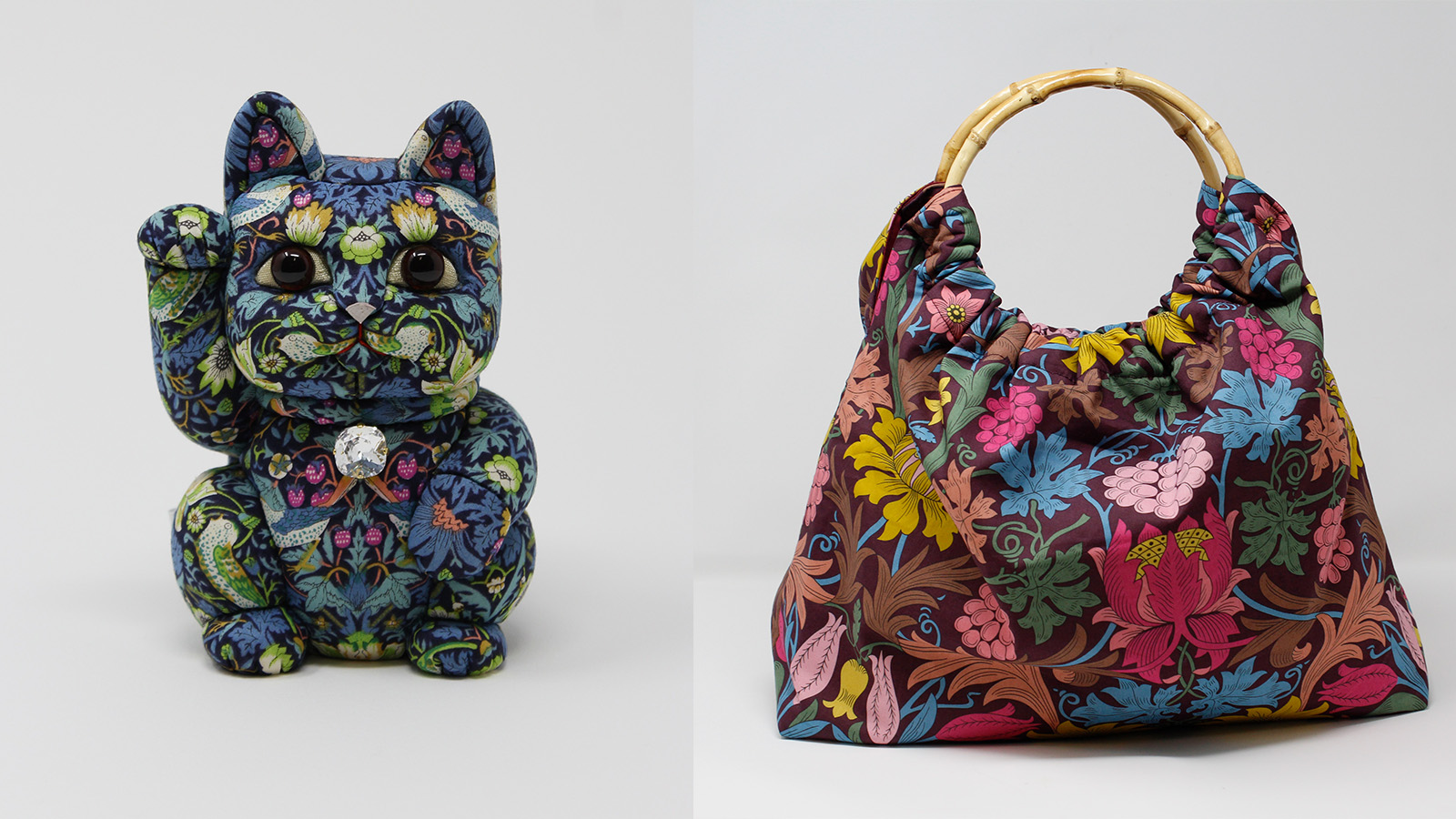 William Morris mania meets the design industry’s darker side in a new London show
William Morris mania meets the design industry’s darker side in a new London show‘Morris Mania’ at the William Morris Gallery explores the British designer’s complicated legacy in an ever-more commodified world
By Tianna Williams
-
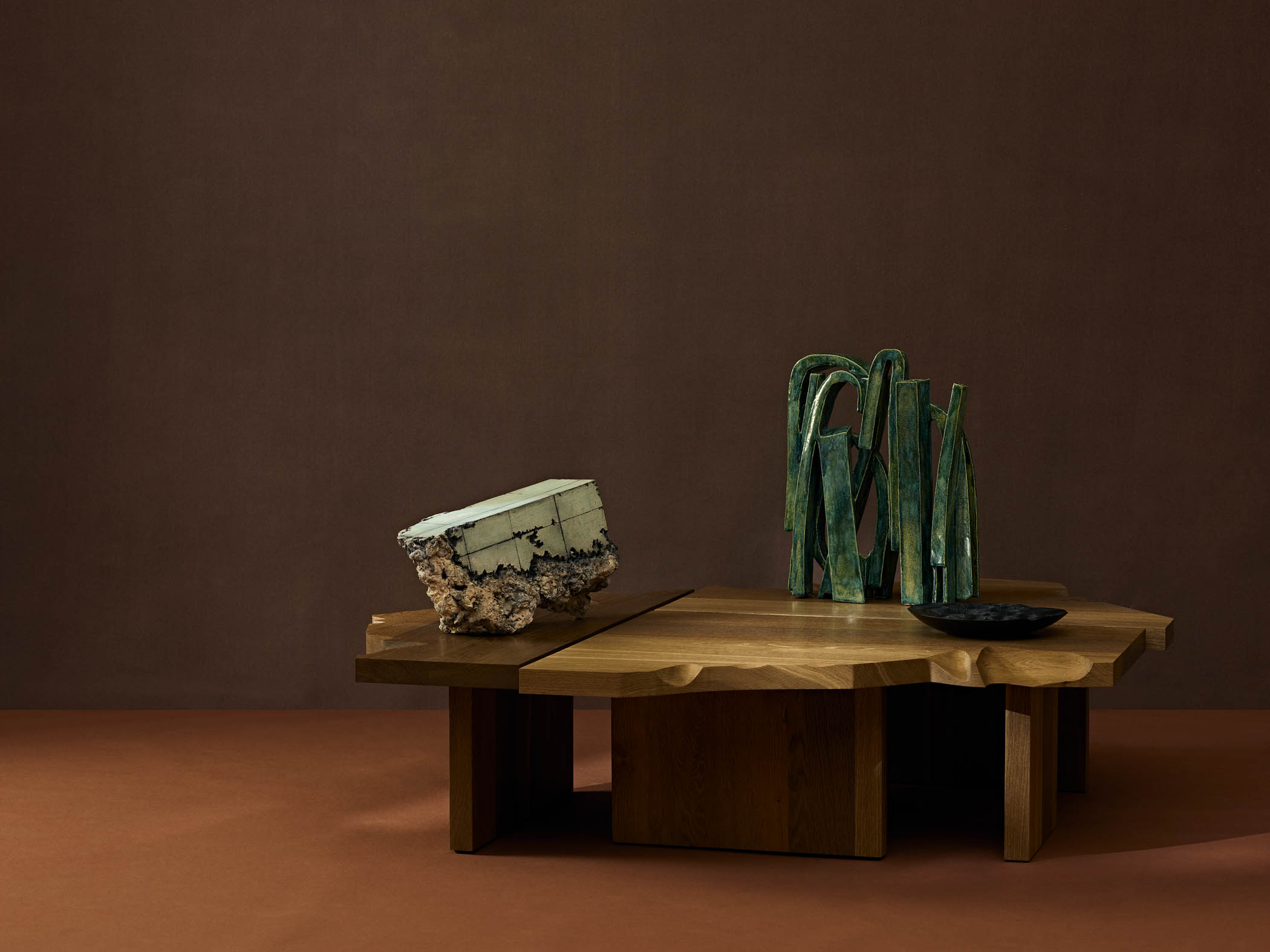 'It’s indisputable that craft has enormous value socially, culturally, economically': interrogating the case for craft in contemporary life
'It’s indisputable that craft has enormous value socially, culturally, economically': interrogating the case for craft in contemporary lifeAhead of next week's 21st edition of Collect, the world's leading fair for collectible craft, we sit down with Natalie Melton, executive director of the Crafts Council, to talk about making a living from making
By Hugo Macdonald
-
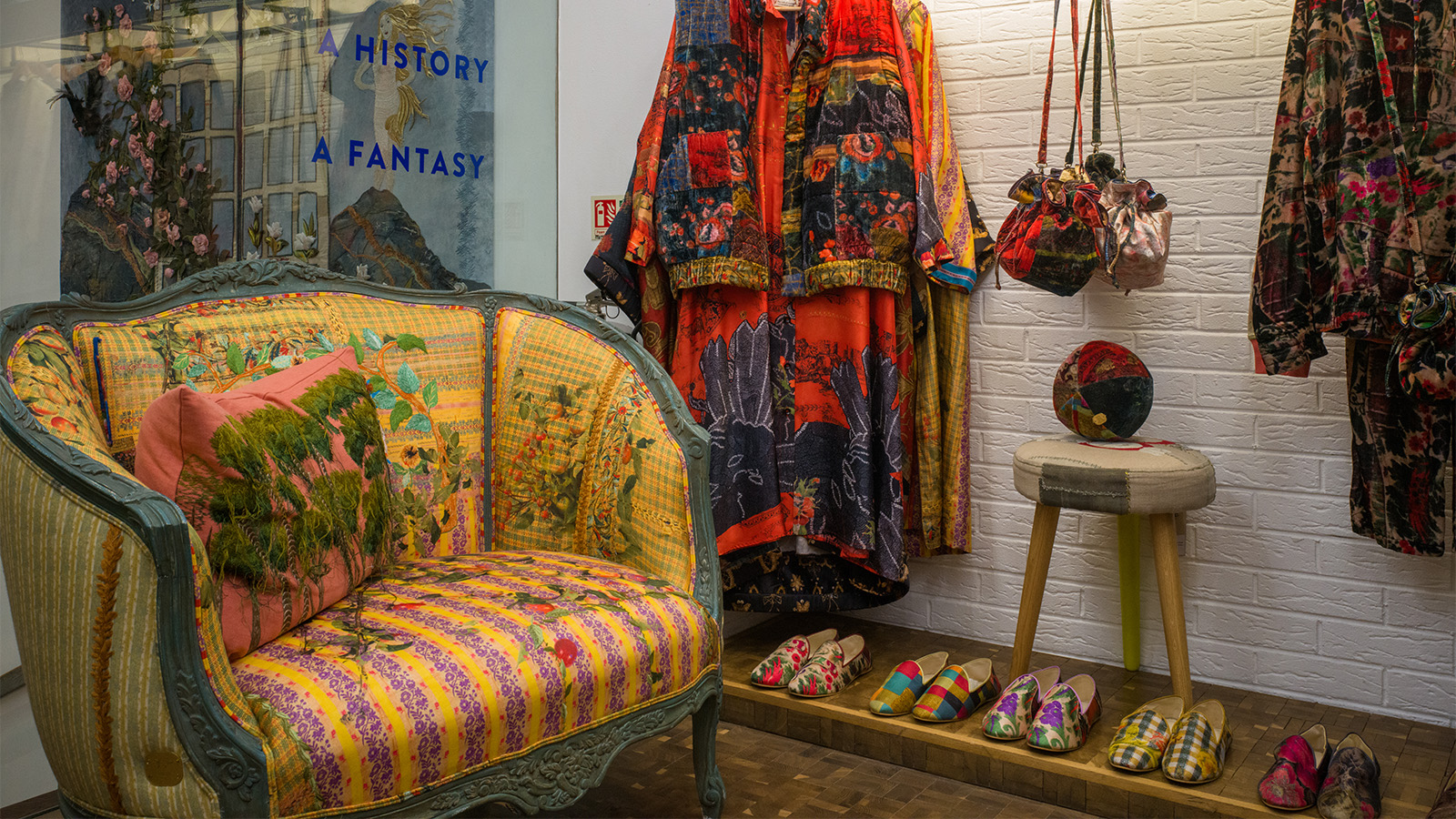 This Beirut design collective threads untold stories into upholstered antique furniture
This Beirut design collective threads untold stories into upholstered antique furnitureBeirut-based Bokja opens a Notting Hill pop-up that's a temple to textiles, from upholstered furniture to embroidered cushions crafted by artisans (until 25 March 2025)
By Tianna Williams
-
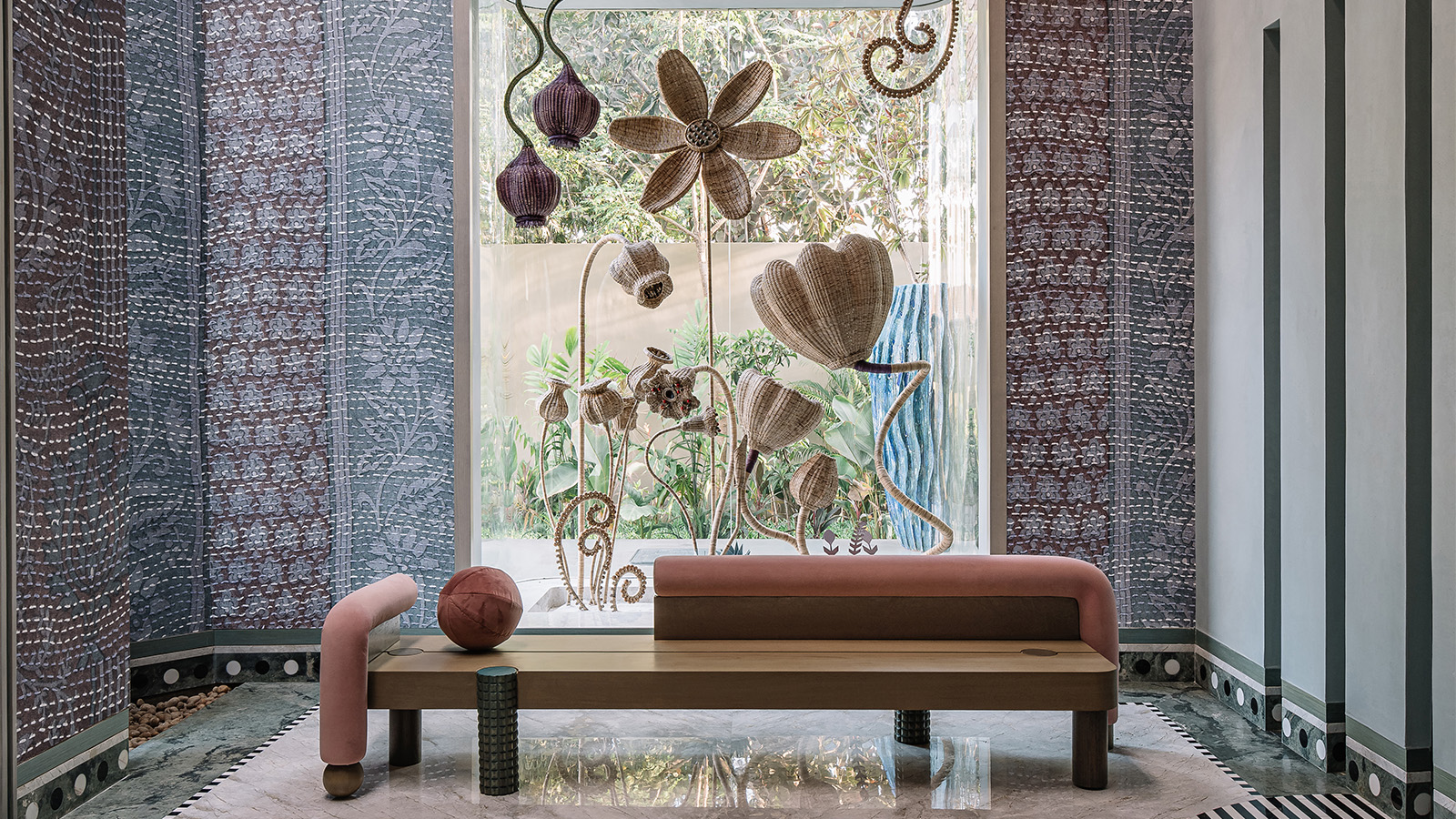 This ethereal Chennai home is a celebration of Indian craft and culture
This ethereal Chennai home is a celebration of Indian craft and cultureDesigned by Multitude of Sins, this Chennai home is an artisanal trove of rich texture and secret garden-like design. Wallpaper* speaks with design principal Smita Thomas on crafting the space
By Tianna Williams
-
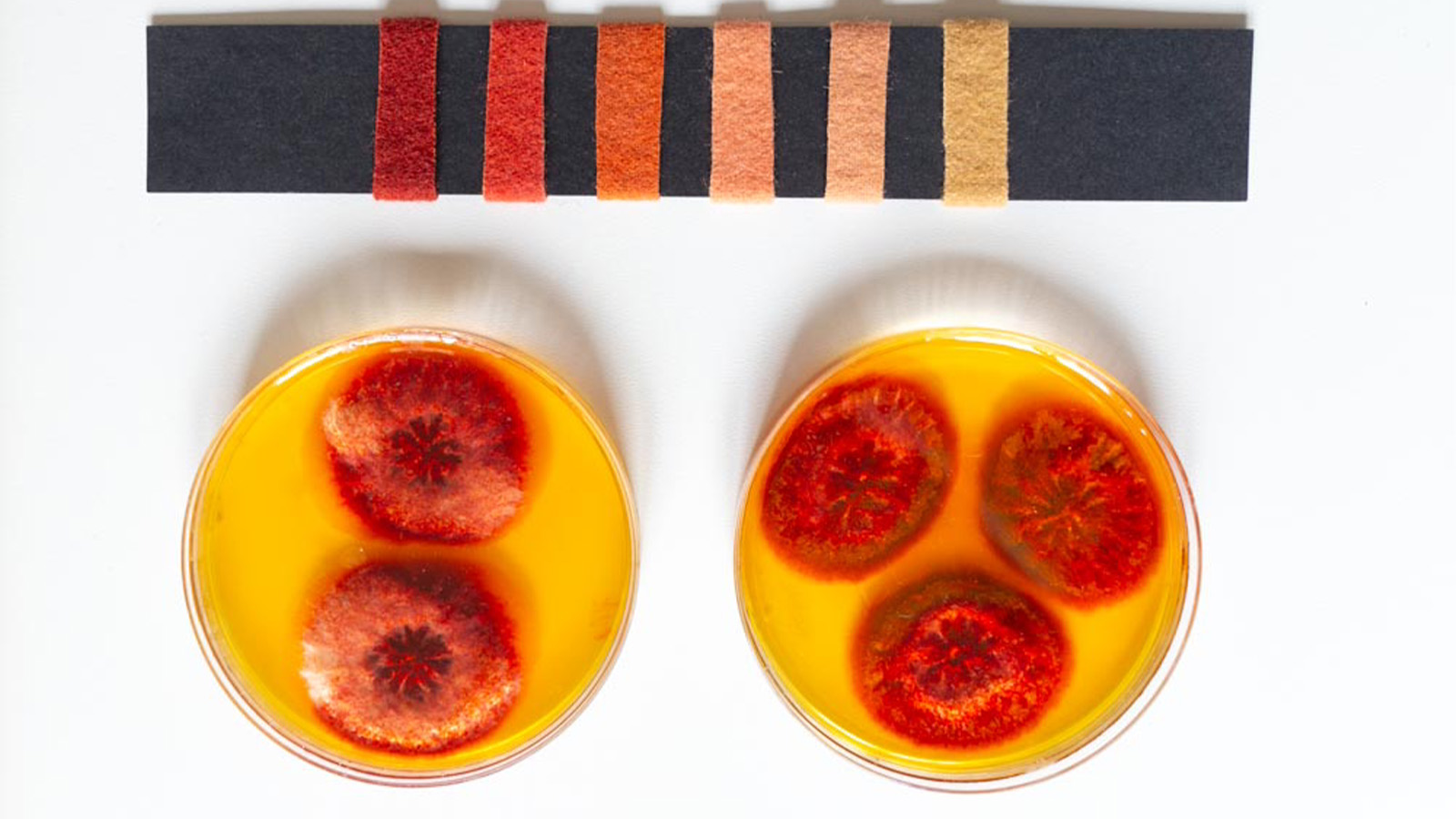 15 highlights from Heimtextil: spot the textile trends for 2025
15 highlights from Heimtextil: spot the textile trends for 2025We were at textile trade fair Heimtextil 2025 in Frankfurt last week – here are the trendsetters and names to know among innovative launches, from health-boosting lava fabric to sheets made of milk
By Cristina Kiran Piotti
-
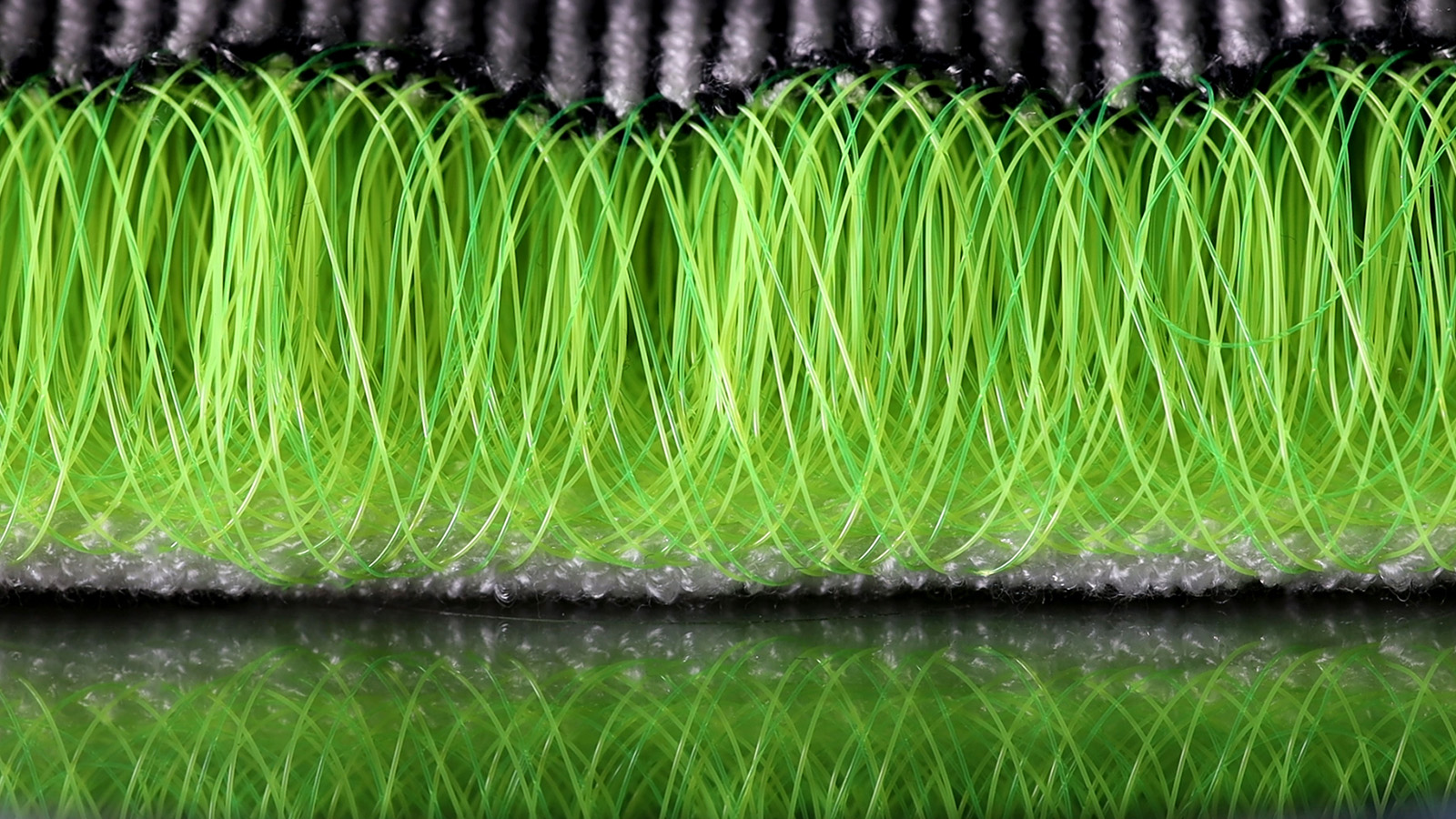 Is Emeco's 'No Foam KNIT' a sustainable answer to synthetic upholstery textiles?
Is Emeco's 'No Foam KNIT' a sustainable answer to synthetic upholstery textiles?'Make more with less' is Emeco's guiding light. Now, the US furniture maker's new mono-material textile, the 'No Foam KNIT', may offer a sustainable solution to upholstery materials
By Ali Morris